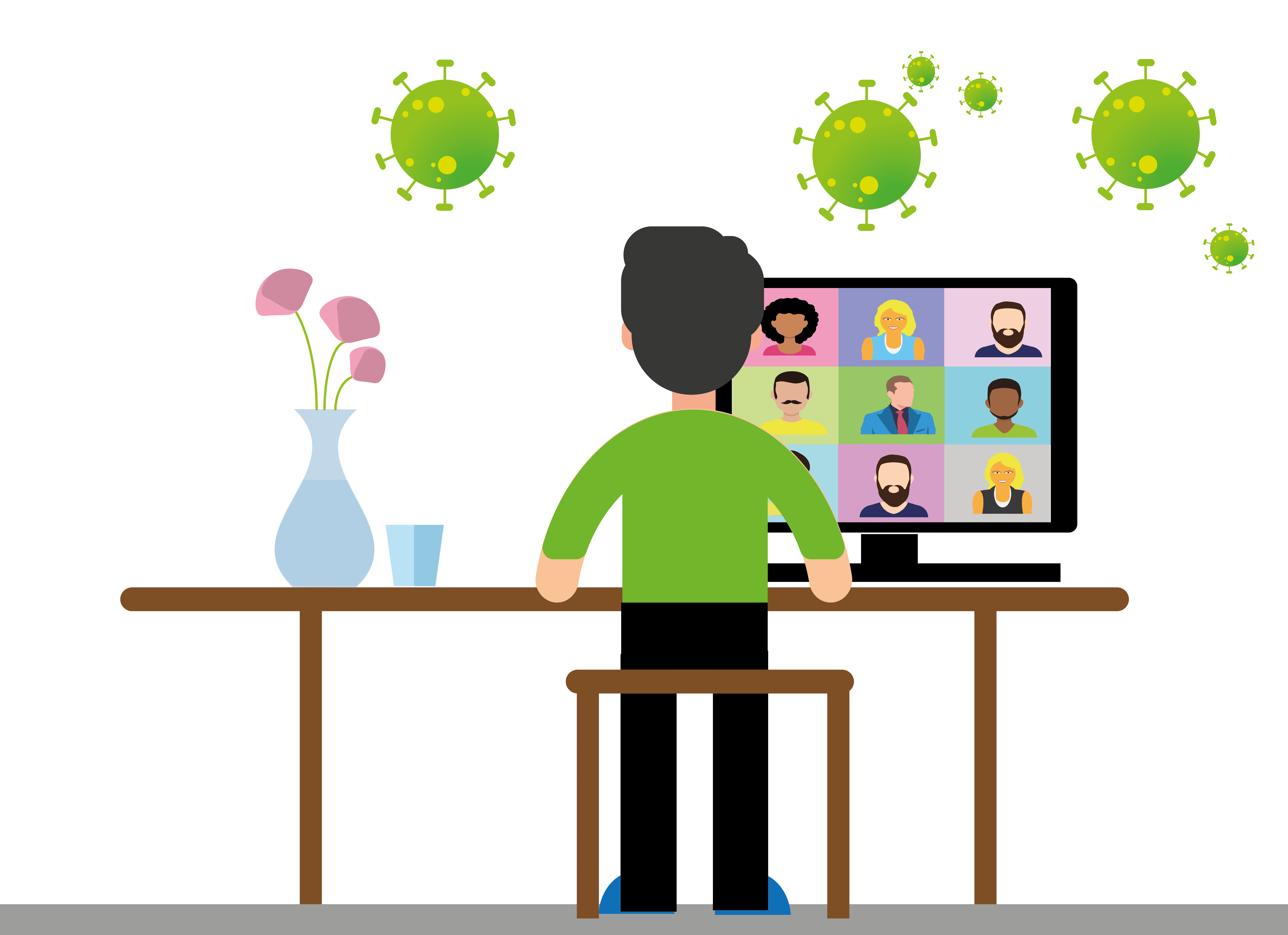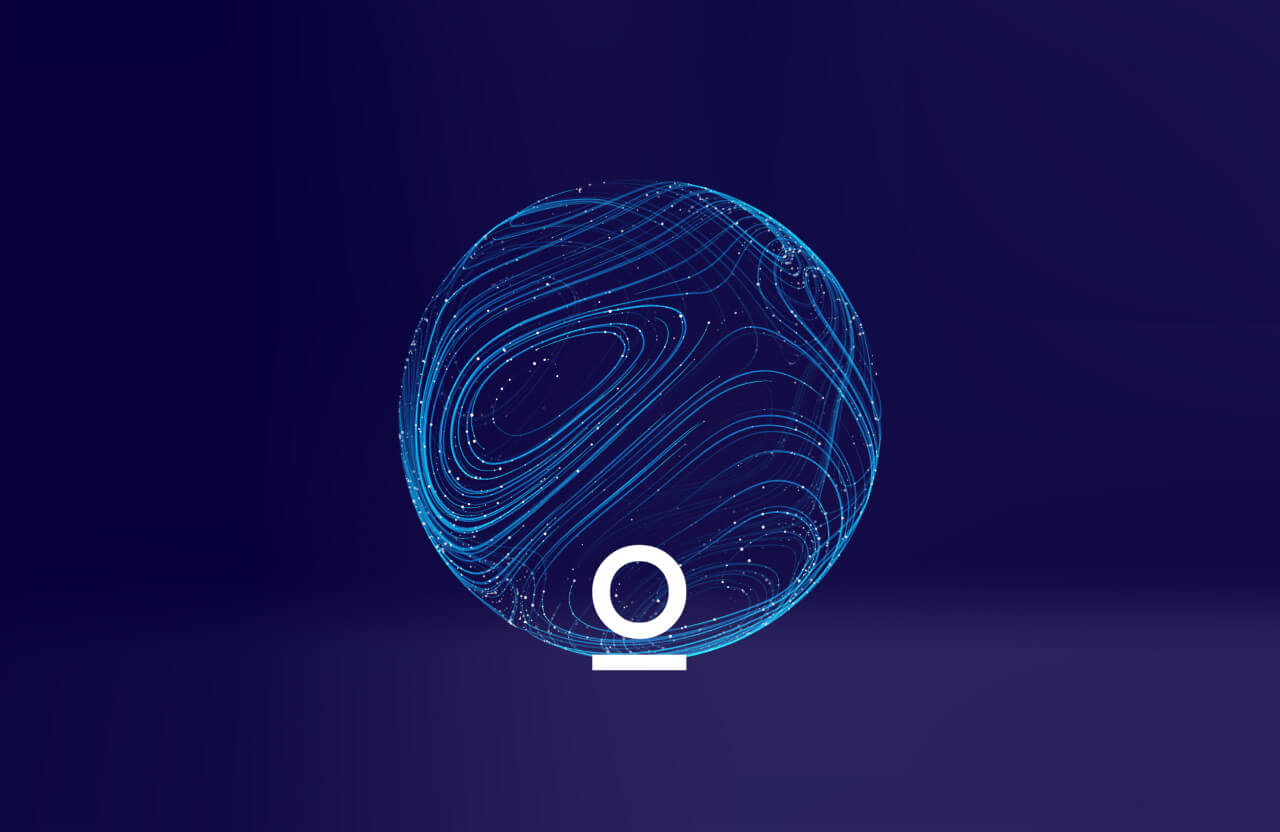Writing is an art. It demands creativity, and creativity feeds off passion. But within the solitude of writing, words can grow volatile and thoughts can seep through the pores of one’s consciousness.
To maintain groundedness and inspiration, many writers seek thought replenishment in online writing communities where they can connect with fellow writing enthusiasts who share similar keenness on the nuances of language.
Online writing communities offer more than a platform to share writing and feedback. Some platforms offer job listings for blogging, translation, copywriting, and other language services. On other websites you’ll find competitions, quizzes, helpful writing tools, and probably what is considered an author’s ultimate guide: feedback.
Whether you’re a seasoned writer or a student on a quest to hone your mastery of words, here’s a list of some outstanding online writing communities, in other words, the hidden gems that are every writer’s sanctuary:

Outstanding Online Writing Communities
- 750Words
Writing can be difficult especially for young writers. A blank page can be daunting, and a writer’s block can come knocking anytime. With 750Words, you’ll find the encouragement to get into the habit of writing three pages each day.
Fresh graduates looking for opportunities to join translation service organizations or content providers can benefit greatly from 750Words. It’s free and private which makes it the perfect place to put your thoughts on paper and develop your true voice. - Absolute Write Water Cooler
A good pun always deserves a round of applause, and for that, we are very fond of this website. You’re in for a treat where each community thread is more enjoyable than the following one.
Absolute Write is a large and highly active community. Every aspect of the writing process and writing industry is up for discussion here. Freelance writing, pop culture, the publishing industry, writing prompts and exercises, and much more. - Medium
Reading is food for the brain, as the old saying goes. For writers, it also fuels writing inspiration. And a great place to find compelling ideas, gain knowledge, and explore different perspectives is Medium.
Adopting the social media approach of tailoring content and algorithms to individual preferences, Medium is the place to go to for easy, yet enjoyable, reading.
And while you’re at it, why don’t you take a stab at getting paid for your writing? With Medium partner program, anyone can earn money from writing and have their successful work recommended to readers. - Ureed.com
Ureed.com is a platform that connects expert freelancers with employers looking for the right talent to take care of an array of language and content services ranging from translation, content writing, editing and proofreading and more. It enables businesses to outsource their content needs on-demand, allowing them to collaborate through a seamless and easy-to-use online workspace and to work together on their own terms.
The platform is also keen on building talents, offering freelancers the ability to enroll and get certified from Ureed.com Academy which offers multi-purpose courses to build freelancers’ skill sets. - Six Word Memories
Ernest Hemingway was once challenged to write a full story in six words only. “For sale:
baby shoes, never worn” was his answer to the challenge. Inspired by Hemingway’s story, Six Word Memories constantly holds contests to challenge writers to come up with six-word stories. We find these little SixContests perfect for creative writers who want to keep their minds fresh, alert, and creative. - Camp NaNoWriMo
NaNoWriMo stands for National Novel Writing Month – in case you had an eyebrow raised at the name. This community holds online camp sessions in April and July which are the equivalent of a writer’s retreat, but instead take place in a digital space. They are open to writers of ages 13 and above to encourage and empower them no matter what their level of expertise is.
Participants of Camp NaNoWrimo are required to write a 50,000 word novel within the month of November. They can track their progress as well as receive encouragement and support from other fellow writers. - Critique Circle
Just as the name suggests, this is where writers go to get feedback. Critique Circle is a member’s only community that allows users to post their work online in exchange for feedback from other members.
What distinguishes Critique Circle from other platforms is the proficiency and expertise of users. Almost all of the members here are adept writers who are perfectly willing to give an honest feedback on what they read. - Writers Helping Writers
This is a community with a clear and dedicated mission: to offer help and support, and to empower writers everywhere. It offers many innovative tools and resources for writers and editors who seek to become more productive and enhance their storytelling process.
Writers Helping Writers is a free-to-register community. Their extensive creative library offers amazing tools such as the “Weak verb converter tool” and the “Emotional value tool” to help writers perfect their work before submitting it. In addition, they offer webinars and workshops prepared and delivered by accomplished writers and speakers. - ProZ.com
ProZ is an online freelancing platform for writers and translators. They offer their members a number of activities such as training sessions, translation contests, and professional discussion forms for language enthusiasts and translation services topics.
Among their noteworthy features is the mentoring program; an initiative intended to provide a means for full members to meet other members who are well established enough to take on an apprentice.
ProZ lists a wide variety of jobs that include translation services, copywriting, content generation, and more. - Almost An Author
True writers never stop learning, and that’s exactly what Almost an Author allows you to do. It allows aspiring writers in all fields to continually hone and master the craft of writing.
To take the first step as a writer, one often needs a lot of support and drive, and for that, Almost an Author is an excellent place to start your writing journey. This community is full of perks and tools for writers such as the “Grammar and Grace” section where writers find almost anything they need to know about becoming a professional writer.
Another great feature is the “Writers Chat” section, a video show hosted by seasoned writers where they talk about “all things writing, by writers and for writers.”
Social Media Writing Communities

- Reddit:
Another great place for writers to find matching communities is non-other than social media platforms. Reddit, for instance, is home to countless subreddits (or threads) created by writers of all genres to discuss their interests and work. - Facebook groups:
Another rich source of writing communities is, of course, Facebook Groups. Among the many Facebook groups which cover a wide array of writing and language topics are:
– Calls for Submission: a group for writers looking for publication opportunities.
– The Street Team: a group for self-publishing authors.
– 10 Minutes Novelists: an international group devoted to helping time-crunched writers develop the habit of writing.
– Writers Unite!: created as a haven to support and encourage writers at all levels of knowledge and experience. - Twitter:
And if you’re a fan of Twitter, don’t forget to follow the ultimate writing hashtag #WritingCommunity. Twitter is known to be full of “trolls” but not this one. There is no Twitter “snark” here. This hashtag is followed by writers and if you ask a question here it will almost definitely be answered.
In a nutshell,
These communities, and many more like them, are a great resource for aspiring writers. Whether you’re looking for inspiration, good advice, or educational pointers, you will most definitely find a trusted fellow writer to help put you on the right path.
Even for professional writers, online writing communities can still add value. Most of these platforms are full of business opportunities either through networking or the upfront sharing of vacancies.
The world cannot make do without its eloquent wordsmiths, so go out there, get inspired, and let the words flow.





















